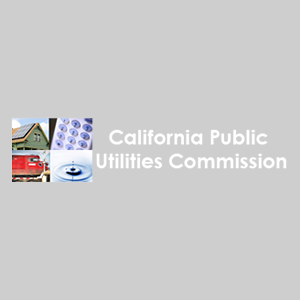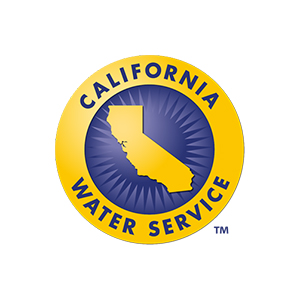On July 23, 2018, the California Public Utilities Commission (CPUC) issued Order Instituting Rulemaking 18-07-006 (OIR or Rulemaking), the stated purpose of which is to develop methods to assess the affordability impacts of individual CPUC proceedings and utility rate requests. The OIR pertains to all CPUC-regulated energy, water, and telecommunications utilities. The Class A and B water utilities (those with more than 2,000 service connections) have been named as respondents (those entities required to participate in the Rulemaking), as have the CPUC’s nine jurisdictional energy utilities and 26 telecommunications companies, along with a host of environmental and social justice organizations.
Given the CPUC’s responsibility under Public Utilities Code Section 451 to ensure utility rates are just and reasonable, the Rulemaking specifically aims to:
- Develop a framework and a set of principles to identify and define affordability criteria for all utility services under the CPUC’s jurisdiction; and
- Develop the methodologies, data sources, and processes necessary to comprehensively assess the impacts on affordability of individual CPUC proceedings and utility rate requests.
Currently, three classes of affordability metrics (defined in the Rulemaking) are employed to support the CPUC’s decision-making process in many energy proceedings: rate impact metrics; household-level metrics; and market-level metrics. The goal of the Rulemaking is to develop additional categories of affordability metrics such as affordability for populations at risk and service accessibility.
The Rulemaking also is taking into account several trends, including the following that may impact water rates in the long term:
- Weather and climate change related to supply and system reliability.
- Geographical differences in demand, leading to higher utility burdens in certain regions across the state.
The scope of the Rulemaking includes the following issues:
- Identification and definition of affordability criteria for CPUC-jurisdictional utility services.
- Methods and processes for assessing affordability impacts across CPUC proceedings and across the utility sectors identified.
The OIR also requests that the respondents address a series of questions throughout the proceeding involving definitional issues, applicability to the three industries, specifics on data and metrics, challenges with assessing affordability, and methods for monitoring over time.
Affordability is a topic that has reached the front burner of regulatory concerns across the country. The American Water Works Association is hosting a national conference on affordability in Washington, D.C. on August 6-7, and the subject is top of mind at all utility regulatory conferences. It continues to capture the attention of California legislators, and the State Water Resources Control Board currently is tasked with proposing a statewide customer assistance program to help low-income customers pay their water utility bills.
The CPUC faces several challenges in this ambitious proceeding. One is establishing an acceptable definition of “affordable.” If the ratio of the median cost of water service to the median income in a utility’s service area is below (or above) a certain level, is the service affordable or not? A second challenge is accurately determining the conceptual framework of affordability (once an acceptable definition is established) given that the relevant factors – rates, demand, income, other household expenses, infrastructure needs, commodity costs, reliability and safety requirements, and other utility operating costs (e.g., pensions, insurance, liability) – all change over time.
A third challenge will be balancing the tradeoffs among rates, affordability, assuring sufficient investment, improving customer service, ensuring safe and reliable utility service, and maintaining the financial integrity of the utility. It promises to be an interesting proceeding and one with national implications.





